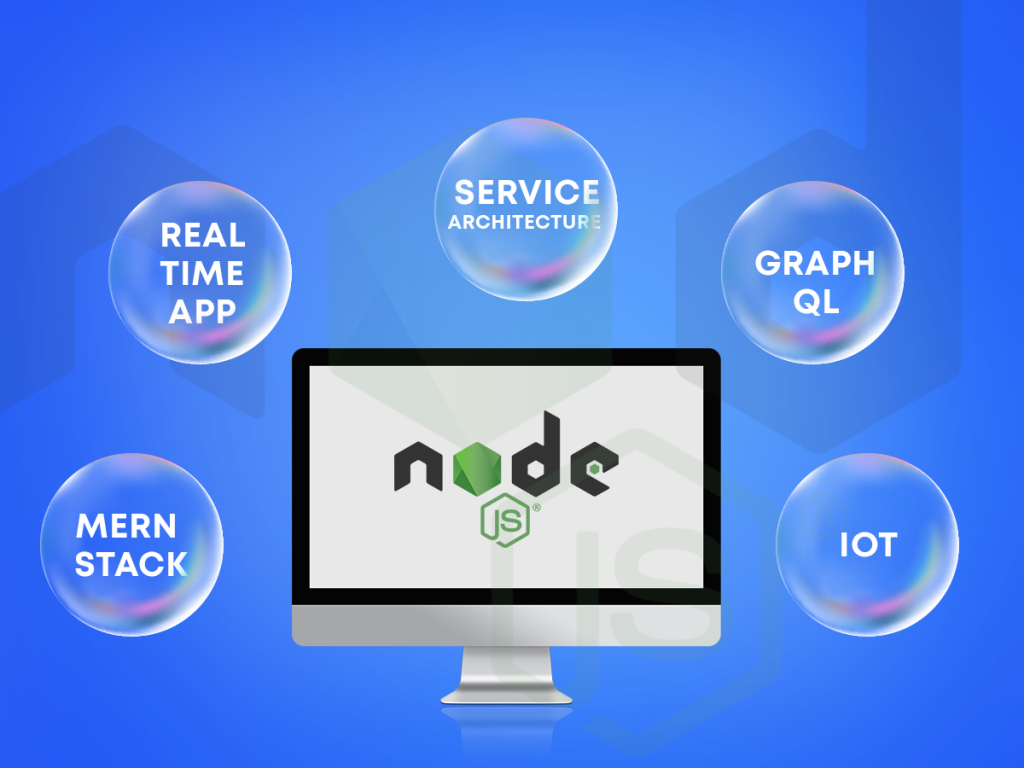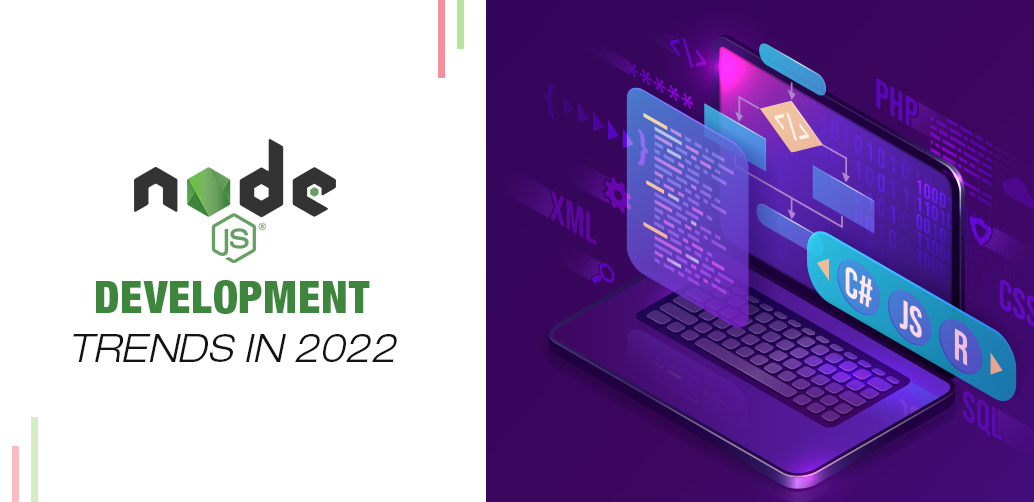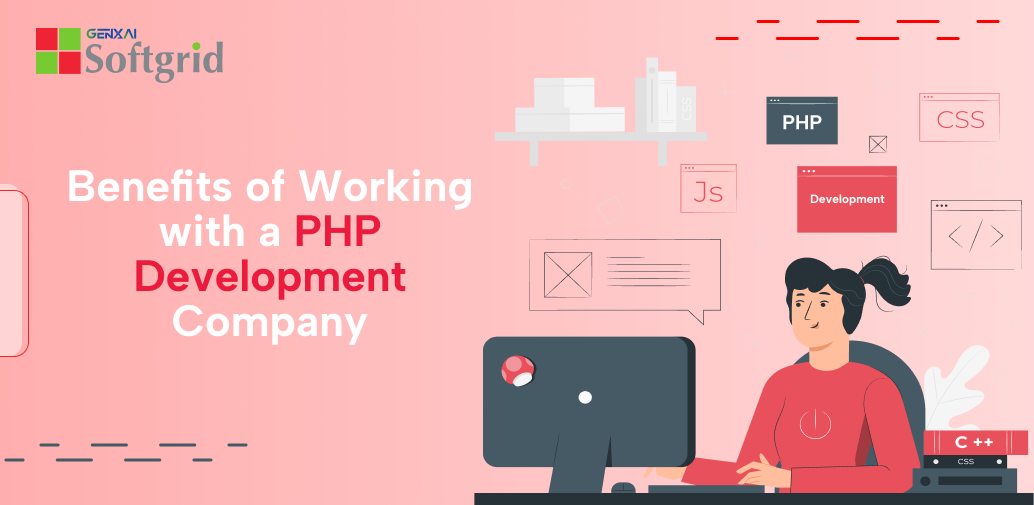The platform of Node.JS can be claimed to be the most popular network application building platform in 2022. The Node.JS is a platform of the server-side which is made on google chrome’s javascript engine also known as the V8 engine. One of the latest versions of the Node.JS is the v0.10.36. If you are associated with the network application developing industry you might already know about its popularity and fast response features. Due to the non-blocking I/O model of the Node.
JS and the event-driven facility, the Node.JS becomes an efficient and lightweight platform where building real-time applications of data sensitivity become much simpler and quicker. Applications of Node.JS is always written in Javascript and is tested or run on Microsoft Windows, OS X or Linux. Node.JS can also be considered as an open-source environment with cross-platform functionality to dedicatedly work on developing network applications.
Rarely you will find such a rich library as the Node.JS which holds several JavaScript modules making the developing procedures much simpler and efficient. In most other development platforms you will find OS threads to be deployed but the Node.JS contradicts such fixtures and makes the platform usage much simpler.
Further advantages of the Node.JS platform
The asynchronous API’s used in the Node.JS platform that makes the application building free of blocks. Other developing platforms do wait for the API to return data but not the Node.JS, the server much efficiently goes on to the next API in line after initiating a call. The Node.JS handles the previous APIs wonderfully through the notification process making the server utilized for receiving due responses of the prior APIs. So the Node.JS functions on a single-threaded model employing the use of looping events.
The scalability of the server is escalated due to the use of event handling with any type of blocks in the process. The single thread program of the Node.JS platform is able to cater for a huge number of requests than other application developing platforms. In Node.JS there will also be no data buffering due to the premium build and the data output system which is always provided in chunks. Rarely any other platform will be able to match the code processing speed of the V8 JavaScript engine with the powerful Node.JS library.
The Node.JS has the reputed MIT license and is considered as the most popular server-end application development platform in 2022. The platform versatility allows to advantageously use the various cores of JavaScript even though multiple threads are not being induced. The IT firms who are primarily using the Node.JS for application building and development work much smoothly and efficiently with better coordination between the front and backend team.
Node.JS Releases and Native binding feature
If you are new to Node.JS you should be aware of the old and latest versions of the platform and also the release rules followed by the Node.JS authorities. There exist multiple versions of the Node.JS which are quite obsolete and shouldn’t be used by any developer or application builder. There exist about three old versions of the Node.JS which are still maintained by the authorities and can be used if required for some critical reason. The versions which are called the Gallium and Fermium are still active even after being old versions and have the release codes as 16.x and 14.x respectively.
The present version which is most actively being used is the 17.x which was primarily released in october of 2019. Every colossal release of the Node.JS platform are detached from the master branch of GitHub every six months and a much-advanced version of the Node.JS is being planned to be released in 2025 with the release version number as 18.x. The detached rule is followed as that the version with an even number is detached in April and the versions of the odd number are detached in October.
An active version of the Node.JS always gets changes of unbreaking backports just after a few weeks of their present release. Whenever a new odd-numbered version of the Node.JS is released the previous even-numbered version gets shifted to the Long Term Support system. This means from the date of shifting the new version will receive eighteen months of active support. After the eighteen months period, the Node.JS version does get released from the LTS but even after that, separate maintenance support is available for a period of twelve months. A Node.JS version released from maintenance bounds only gets documentation updates and certain typical fixes.
The building of Add-Ons in Node.JS is also unique and allows you to build it by a C-based API which is used in making importable ‘.node’ modules from typical sources codes of C or C++. In the Node.JS the C-based API are termed as N-API, the implementation of it totally depends upon the V8 objects which demand the users or builders to import the specific Node.JS headers inside the basic source code.
On the other hand, the importable node modules created by the N-API needs to be directly loaded into the memory and executed from within the JavaScript environment in the form of CommonJS modules. The basic internal functionality of the Node.JS platform depends on the JS in-built library but the Node.JS also allows the inducement of C++ written modules for improving capabilities and the performance of applications.
To produce such extra C++ modules the application builder needs to have a suitable compiler of C++ and lots of necessary headers like the clang,gcc or MSVC++. The Node.JS has often-changing API compatibility and is susceptible to broken fragments by the execution of a newer version. To deal with this issue third party resources like the open-source C or C++ wrappers are being used over the API to muffle up the problem to a greater extent. When you will work with the N-APIs of ‘Node.JS’ you will find that it’s much similar to the Java Native Interface.
Development trends with Node.JS platform
The Node.JS platform has a ‘global JavaScript’ approach towards the application development because the Node.JS platform has successfully clustered the web-application development categories into a single one. Due to the introduction of the Node.JS only one programming language is being used in both the serve-end and the client-end scriptures.
The superior flexibility of the Node.JS has allowed immense popularity not only in the web application niche but also in the mobile application development category. There are several development trends lurking around 2022 and some are much impactful for the application development industry. The prime trends of development with the Node.JS platform are mentioned here:
Real-time functioning applications :
The Node.JS is one of the prime platforms for the making and development of real-time applications. There has been a huge growth in demand around the recent years for real-time and exceedingly scalable applications. Most businesses are preferring to use Node.JS in their web and mobile applications along with real-time features for better engagement and smooth customer experience.
The advanced speed along with the greater user engagement makes real-time applications the popular development trend in 2022. All the modern feature demands like induction of social media, ad server presence, exchange of stocks, chatbot media and all other features are best executed in the Node.JS platform. Real-time applications have a great application performance than other category apps and provide an enhanced smooth customer experience.
In Node.JS developed applications the backend modules are sturdy and make the applications run smooth without any issues being faced by the customers. The most common categories of application development in the Node.JS platform are e-commerce, group video calling, online gaming, instant messaging and document sharing and voice over internet protocol apps.
Internet of things applications(IoT) :
Almost all internet-of-things applications that you will find functioning supremely are made in the Node.JS platform for its various essential features. Expert application developers are claiming the full stack Node.JS to be the best platform to build highly functional Internet of Things mobile and web applications.
The use of ideal modules in the Node.JS application makes the IoT applications more perfect data analyzers with real-time features. The IoT applications also work with fewer resources and active memory when made in the open-source Node.JS platform. In the Internet of Things applications, there will also be trackable features of geographical orientation when build in the Node.JS platform.

The service architecture with Node.JS :
One of the reasons for which Node.JS is being preferred over other platforms will be the serverless architecture it provides. In every web or mobile application built in the Node.JS platform, there is no great server necessity deployed. This keeps the applications utmost in functionality even without the proper need for the servers.
A lot of cost and hardware goes into the maintenance of the servers so when you reduce the necessity of them, the whole web application functions becomes much smooth and trouble-free. The premium coding quality of the Node.JS platform along with the serverless frame makes applications much independent. The other extraordinary features which the serverless architecture offers are mentioned below:
- Unlike many other development platforms, in Node.JS the app developers can reuse the deployed modules for better efficiency. A lot of time and labour is saved by the serverless architecture system of the Node.JS. The serverless system allows you to reduce costs by more than fifty-eight percent.
- Making changes and alterations in the application is much easier when created with the serverless architecture of the Node.JS platform. Even major changes can easily be executed by Node.Js app developers. This flexibility is not found in other platforms.
- All the leading companies and businesses trust Node.JS for all their web and mobile applications. Even sensitive money handling businesses like the humongous company PayPal trust Node.JS to build applications for themselves. The superior quality code of Node.Js also acts better in a serverless architecture.
MERN Stack and GraphQL
The MERN stack can be taken as one of the various types of MEAN stack present in the application development industry. This software stack allows the app developers to build dynamic and versatile websites with the Node.JS generated code.
As both in the server-end and client-end, every single word of coding is written in JavaScript then content switching is not required. This becomes a huge advantage for simpler developing procedures. In other platforms except for Node.JS, developers need to constantly switch between multiple languages and frameworks leading to complex developments.
On the other side, the GraphQL is a data alteration and query raising open-source language for the APIs. This data exposing and query system works excellent inside a Node.JS project and can be easily integrated by a server middleware. This integration helps the developers create API calls with schemas, resolvers and queries as per the data-demand. If REST API is used in the endpoint design then creating a funnel system would be easier which would help in easy alterations in the future.
Closure facts
The Node.JS is here to stay and much predictably would be dominating the web and application development niche for quite long. There are multiple attractive development trends in 2022 and all the essential ones have been mentioned here. Besides the ones mentioned the microservices facility should also be eyed by the application developers.
Microservices offer huge help in segregating and debugging your applications when needed. Microservices have been repeatedly witnessed to support a serverless architecture ideally, so building an enterprise-level project would be much stable and seamless.

 Web and Full Stack
Web and Full Stack CMS and Frameworks
CMS and Frameworks Online Marketing
Online Marketing Cloud Services
Cloud Services ECommerce
ECommerce Mobile
Mobile



